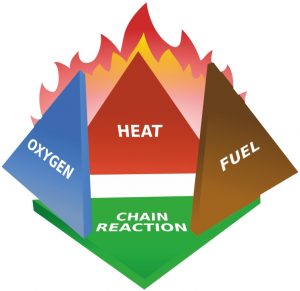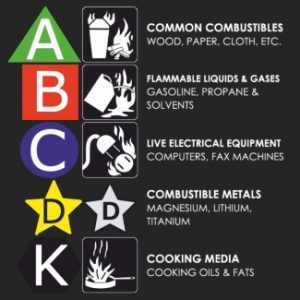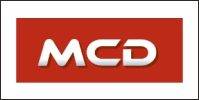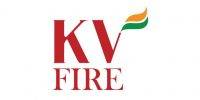 The purpose of this procedure is to provide guidance for the protection of personnel, equipment and facilities from fires. Prevention measures on the project shall include policies and procedures for house keeping, storage and handling of flammable and combustibles, welding, cutting and hot works.
The purpose of this procedure is to provide guidance for the protection of personnel, equipment and facilities from fires. Prevention measures on the project shall include policies and procedures for house keeping, storage and handling of flammable and combustibles, welding, cutting and hot works.
1. Definition of Fire:- Fire is chain reaction of three things. a. Fuel : Any burning material like wood, rubber, paper, oil, grease gasses. b. Heat : Heat or temperature required to burn or ignite fire which depends upon the flash point of that material. c. Oxygen : It is present in the air and aids in ignition of fire. If these three things combine in certain proportions there will be a Fire
2. Factors, which govern the ignition of fire:- Fuel, Heat and Oxygen if any one of these factors removed or isolated the fire will be extinguished i) Fuel : Removing of fuel or combustible material so as nothing is left to burn. ii) Heat : Removal of heat by the application of water/any other cooling agent like Co² gas to cool down the burning material. iii) Oxygen : Reduction or exclusion of oxygen by smothering of burning material by using Foam, Dry Powder, Carbon dioxide, Halon and Fire blanket iv) Never use water for any fire involving flammable liquid, water will react violently with the burning liquid and may well cause an explosion. v) Never use water for electric fire as the water is good conductor of electricity; it will cause an electric shock.
3. Source of Ignition:- a. Hot work b. Abrasive Wheels c. Heaters d. Electrical apparatus e. Direct fire (lighter, matches)
4. Classification of Fire:- Fires are classified as Class A, B, C, D or special depending upon the types of materials involved. These classifications are defined as follows:-
 Class A Fire:- Fires in ordinary combustible materials such as wood, cloth, paper, trash rubber and plastic.
Class A Fire:- Fires in ordinary combustible materials such as wood, cloth, paper, trash rubber and plastic.
Class B Fire:- Fires in flammable liquid, oil grease, tar, oil-base paint, lacquer and flammable gas.
Class C Fire:- Fires involving energized electrical equipment or systems resulting in the extinguishing media conducting electricity. When electrical equipment or system are de-energized, extinguishers for Class A or B fires can be used safely.
Class D Fire:- Fire in combustible metals, such as magnesium, titanium, zirconium, sodium, lithium and potassium.
Special Fires:- Fires in certain reactive chemicals that fall outside the other four classifications and that in some cases require special extinguishing agents or techniques.
Flammable/combustible liquid:- Flammable liquid is any liquid having a flash point below 37.8°C (100°F) and is known as class (1). Class (1) liquids are divided into three (3) categories as follows:
1- Liquid having a flash point less than 22.8°C (73°F) and a boiling point below 37.8°C (100°F}
2- Liquid having a flash point less than 22.8°C (73°F) and boiling point at or above 37.8°C (100°F)
3- Liquid having flash point at or above 22.8°C (73°F) and a boiling point below 37.8°100°F)
Combustible Liquid: Combustible liquid is liquid having flash point at about 37.8°C (100°F) and is dived in to two categories as follows:
No.1: Liquid having a flash point above 37.8°C (100°F) and less 60°C (140°F) Liquid having flash point at or above 60°C (140°F)
No.2: Liquid having a flash point at or above 60°C (140°F) but below 93.3°C (200°F) Liquid having a flash point at or above 93.3°C (200°F)
PRECAUTIONS: The following safety precaution point shall be given full attention throughout all the project period in order to prevent fire and to avoid any damage to equipment, property and personnel injuries.
1- Each equipment shall be equipped with Fire Extinguisher type A, B, C,
rate 10 Kg capacity 2- Each extinguisher shall have an inspection tag to show the inspection date and the signature of safety office, who is inspected the
fire extinguisher to ensure that it is in good conditions and ready to be used in case


















































